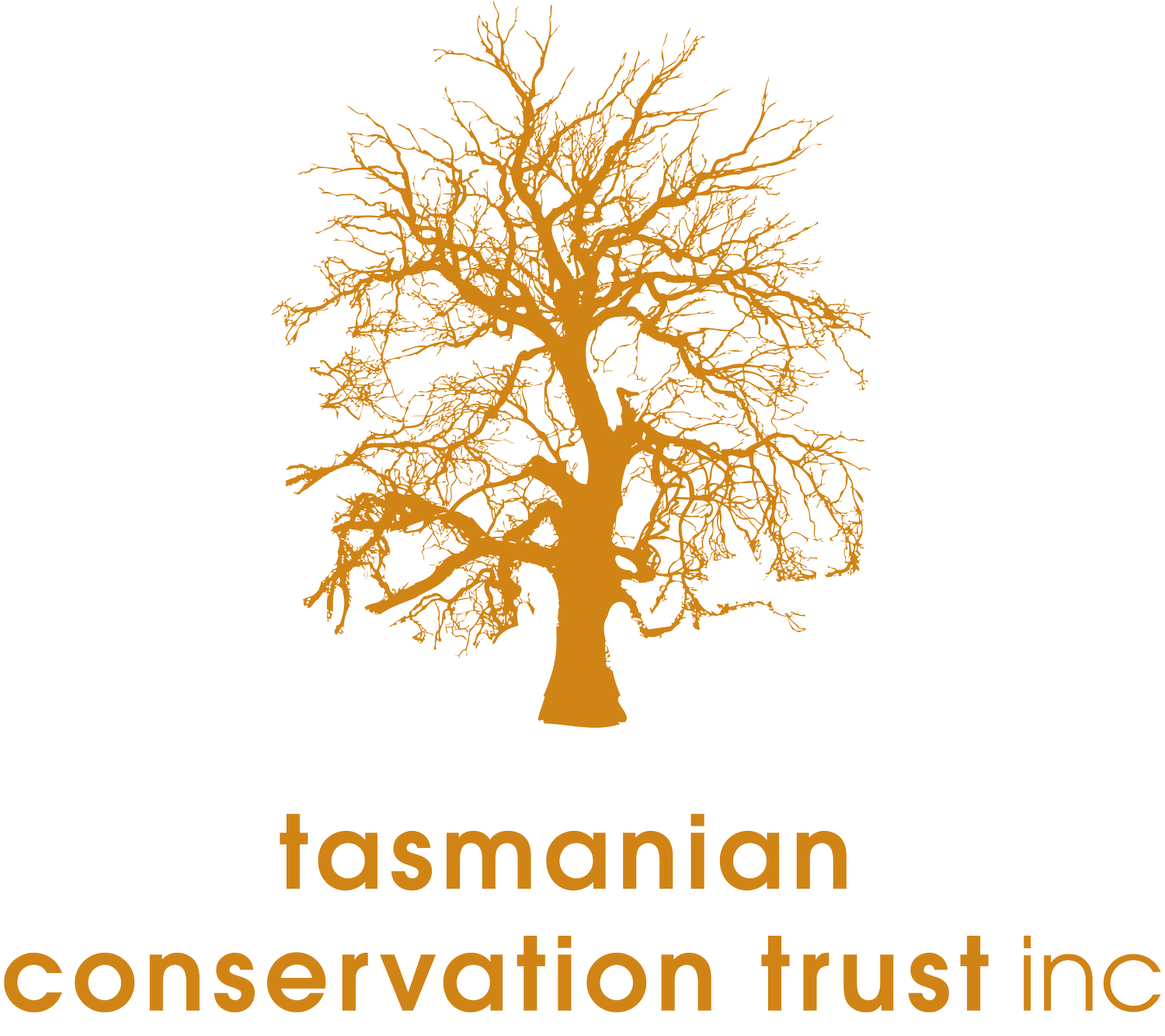On 2 February 2011, the newly appointed Premier, Lara Giddings, responded to the TCT’s 11 November 2010 letter to the former Premier, David Bartlett, and copied to the Prime Minister and her ministers for forestry and environment (published in full in the last Tasmanian Conservationist No. 321), which outlined the key shortcomings of the Forests Statement of Principles Agreement (FSoP). As expected, the Premier’s letter did not contain a detailed or substantive response to the many policy recommendations we made. But it did say that we could expect a meeting with Tasmanian Minister for Energy and Resources Bryan Green, whom the Premier described, as ‘leading the Tasmanian Government’s engagement with this (the Kelty) process’.
Aquaculture re Development
A proposal by salmon farmer Tassal to increase the size of its Soldiers Point farm in the D'Entrecasteaux Channel renews concerns about the environmental impacts of fish farming, loss of access to publicly owned waterways and the planning process that regulates the Tasmanian aquaculture industry. A recent hearing of the Marine Farming Planning Review Panel highlighted these concerns.
Off Track - vehicles appropriate in conservation areas?
The recreational use of off-road vehicles in conservation areas, particularly coastal areas, remains a controversial issue throughout Tasmania. This activity can have considerable impacts on threatened vegetation communities, coastal morphology and resident and migratory shorebird populations, and lead to the destruction of sites of Aboriginal cultural heritage significance, such as middens.
Forests 2011 Statement of Principles
Dans Hill nickel mine
In October 2009 we ran a front page story in the Tasmanian Conservationist, ‘Nickel Mine Nightmare’, regarding the proposal by the New South Wales–based company Proto Resources to mine for nickel and other minerals in the Dans Hill Conservation Area and nearby private land near Beaconsfield. The original proposal, if approved, would have destroyed half the known individuals of the nationally listed, critically endangered plant species Tetratheca gunnii.
Crown Land Assessment
Islandcare Reborn with Interactive Community Web Resource
Since 2000, the TCT (initially with the Marine & Coastal Community Network) has been running a series of projects focusing on the conservation of Tasmania's offshore islands. Most of these are weeding projects, removing African boxthorn from the Furneaux Group of Islands. Other weeds have also been tackled, in different regions of Tasmania, including sea spurge and Cape Leuwin wattle.
Rock Lobster Crisis - Sea Urchin's Unchecked
Over the last three editions of the Tasmanian Conservationist our marine campaigner Jon Bryan has outlined the crisis that exists in the rock lobster fishery and the resulting environmental crisis this has caused, in particular on the east coast of Tasmania. Reduction in numbers of large rock lobster due mainly to over fishing has removed one of the key natural controls on the Centrostephanus sea urchin. With nothing left to control them, these sea urchins have proliferated along most of the east coast removing vital algae species and reducing once bio-diverse rocky reef habitats to barren wastelands.
Irrigation Development Updates
In February 2010 the Australian and Tasmanian governments signed an agreement to undertake a strategic impact assessment pursuant to the Environment Protection and Biodiversity Conservation Act (EPBC Act) of the state government processes and regulations under which the Midlands Water Scheme (MWS) will be developed.
December 2010 Campaign Updates
Brighton Bypass - bypassing Common Sense
There are alternatives to the state government’s proposed Brighton Bypass route, which would protect the important Jordan River levee site, satisfy the Aboriginal community, be relatively low cost and meet all standards required by the Department of Infrastructure, Energy and Resources (DIER). So why has the state government dug its heals in and appears unwilling to avoid the destruction of this priceless piece of Tasmanian heritage while facing enormous public opposition?


